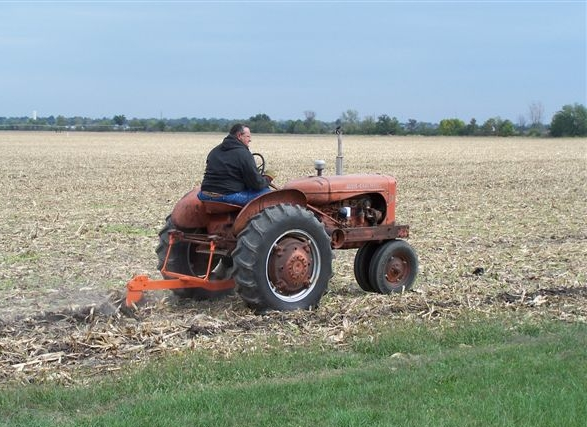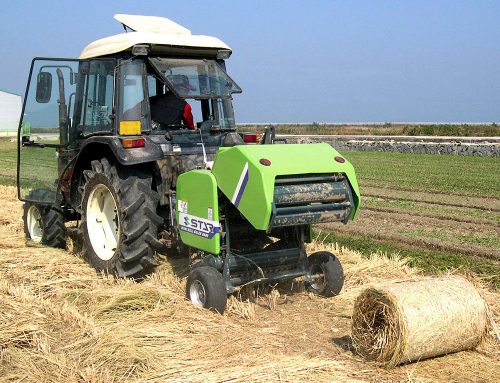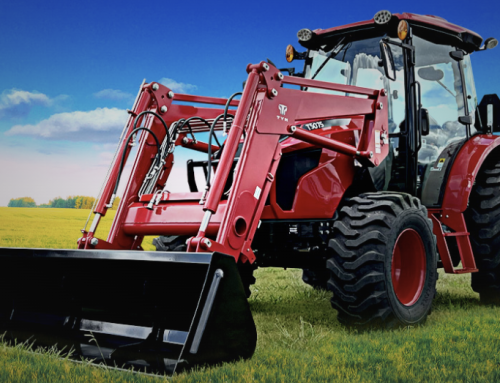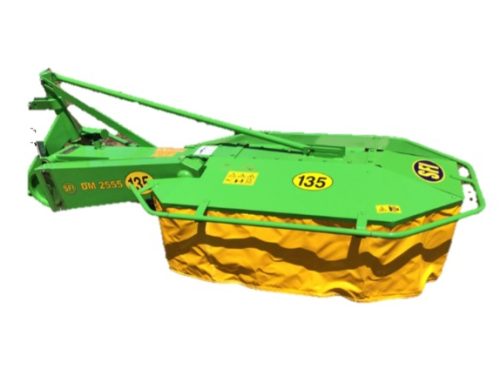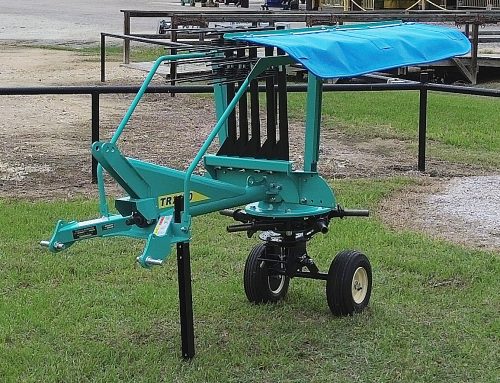Unlock Better Water Infiltration and Healthier Crops
Maintaining productive hay fields requires addressing soil compaction issues that naturally develop over time. One of the most effective yet often overlooked techniques is sub-soiling—a practice that can dramatically improve water infiltration, nutrient absorption, and overall field health. Our resident expert, Phil, shares his insights on how and when to implement this valuable technique on your farm.
What is Sub-Soiling and Why Does it Matter?
Sub-soiling involves using specialized equipment with one or more shanks (metal tines) that penetrate 12-18 inches into the ground, breaking up compacted soil layers without inverting or mixing the soil profile. Unlike traditional plowing, sub-soiling specifically targets the deeper, compacted layers that restrict water movement and root growth.
“If your hay fields are very dry, now would be a great time to use a sub-soiler,” Phil explains. “This implement comes with one or more shanks that go into the ground 12-18 inches. This will allow water and nutrients to penetrate better through the winter months.”
The benefits extend beyond immediate water absorption. Sub-soiling can revitalize fields that have suffered from years of heavy equipment traffic, livestock compaction, or natural settling. The technique creates channels for water infiltration that persist through subsequent growing seasons.
How Sub-Soiling Solves Standing Water Problems
Many farmers battle with areas where water consistently pools after rain. What might appear to be a depression in the field oft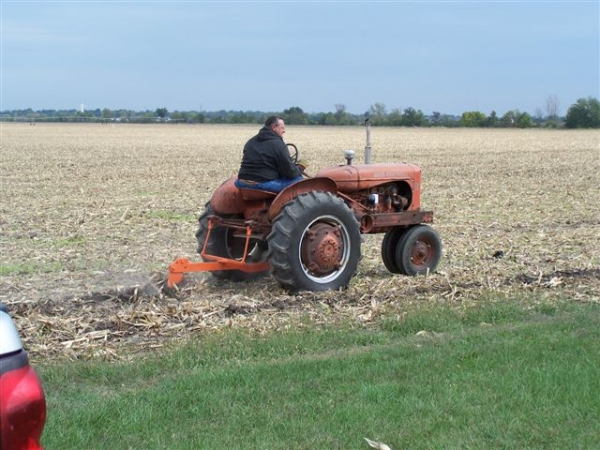
Phil notes, “It also helps those areas drain where you constantly have water standing because the water cannot penetrate the soil.”
This standing water creates numerous problems:
- Delayed field access in spring
- Increased risk of root diseases
- Reduced nutrient availability
- Lower microbial activity
- Stunted plant growth
By creating vertical channels through the compacted layer, sub-soiling allows water to move downward rather than sitting on the surface, effectively transforming problematic areas into productive land.
Best Practices for Effective Sub-Soiling
Proper technique matters when sub-soiling. Phil offers specific guidance to maximize results:
Spacing and Pattern
“When sub-soiling, make a pass every three to four feet apart,” Phil recommends. This spacing ensures sufficient breaking of compacted layers while minimizing the number of passes required.
Working With Slopes
Field topography should influence your approach. “If you’re on a hill, go perpendicular to the hill slope to prevent erosion,” cautions Phil. This perpendicular pattern creates small “speed bumps” that slow water flow down slopes, reducing erosion risk while improving infiltration.
Frequency
While some soil treatments require annual application, sub-soiling offers more flexibility. “A sub-soiler is not needed every year but does help if done yearly,” Phil advises. This makes it both an emergency intervention for problem fields and a preventative maintenance option for maintaining optimal soil structure.
When to Consider Sub-Soiling Your Fields
The ideal timing for sub-soiling depends on your specific conditions, but several indicators suggest your fields might benefit:
- Visibly dry, cracked soil surface
- Areas where water pools after rain
- Declining hay yields despite adequate fertilization
- Difficulty establishing new crops
- Increased runoff during rainfall events
The optimal soil moisture for sub-soiling is when conditions are dry enough that the soil fractures rather than smears when worked. Too wet, and you risk creating more compaction; ideal conditions allow the soil to break apart cleanly along the line of the sub-soiler shank.
Equipment Considerations
Sub-soilers range from single-shank implements suitable for small tractors to multi-shank units requiring substantial horsepower. The depth capability depends on both the implement design and the available tractor power. Most farmers find that penetrating to at least 12 inches provides significant benefits, though reaching 16-18 inches may deliver superior results in severely compacted conditions.
Sub-soiling represents a relatively simple yet powerful intervention for improving hay field productivity. By addressing the hidden problem of subsurface compaction, farmers can enhance water infiltration, improve nutrient availability, and create better conditions for robust root development—all contributing to healthier plants and higher yields.
As we move through the seasons, consider whether your hay fields might benefit from this technique. The visual evidence of improved growth and water management in the following growing season often makes the effort well worthwhile.

